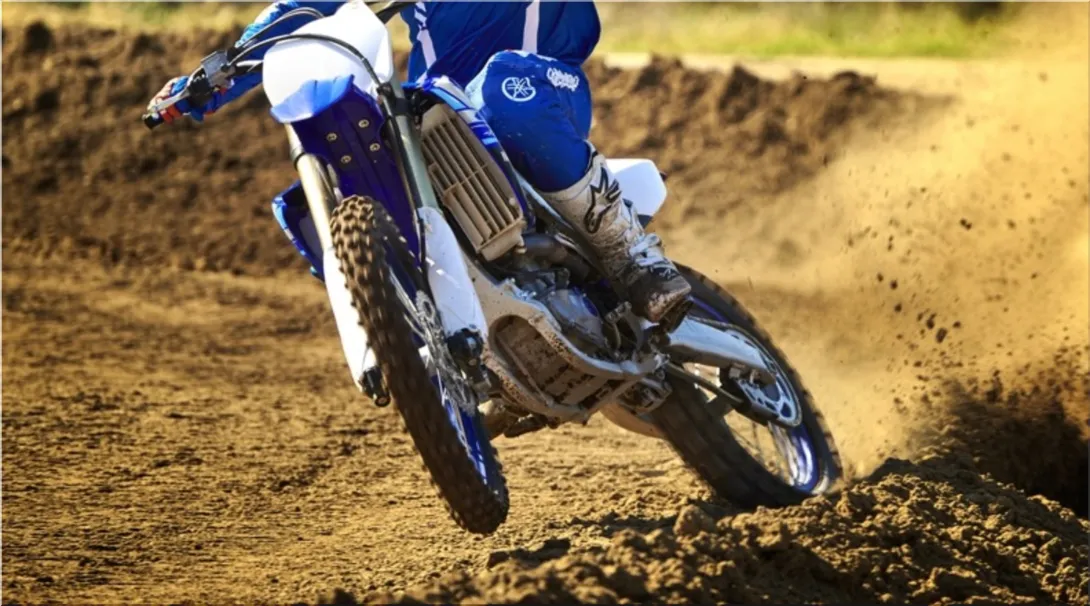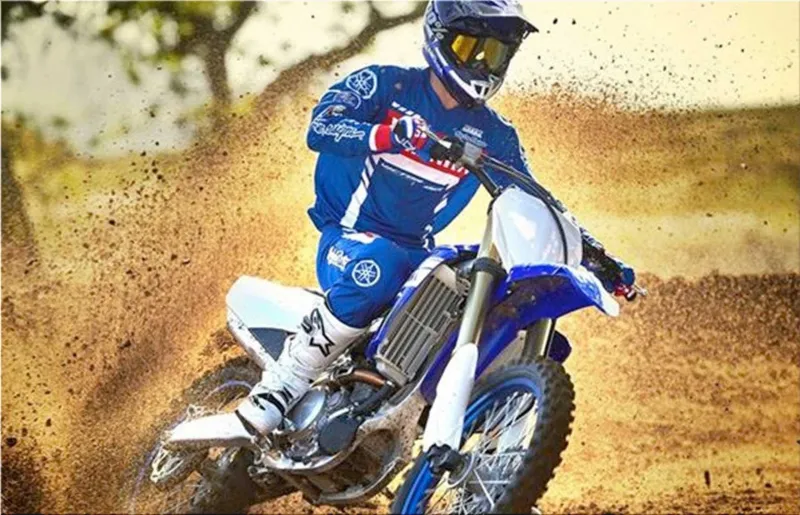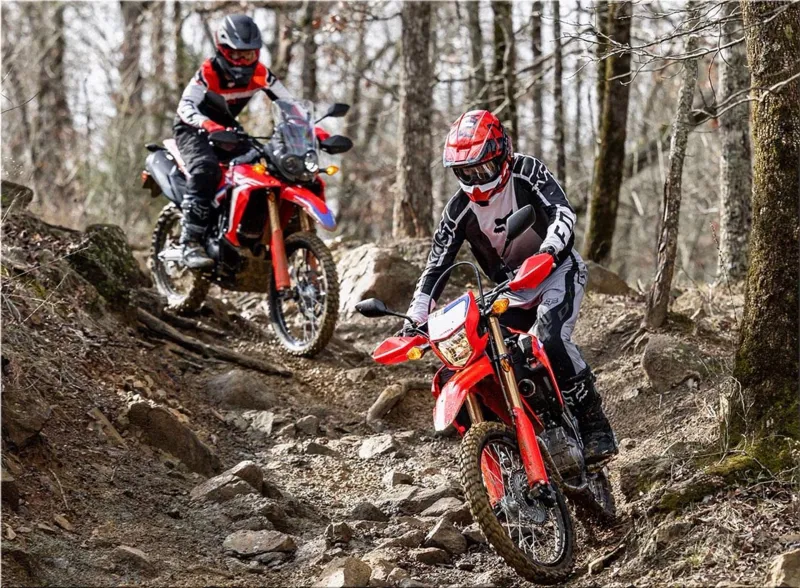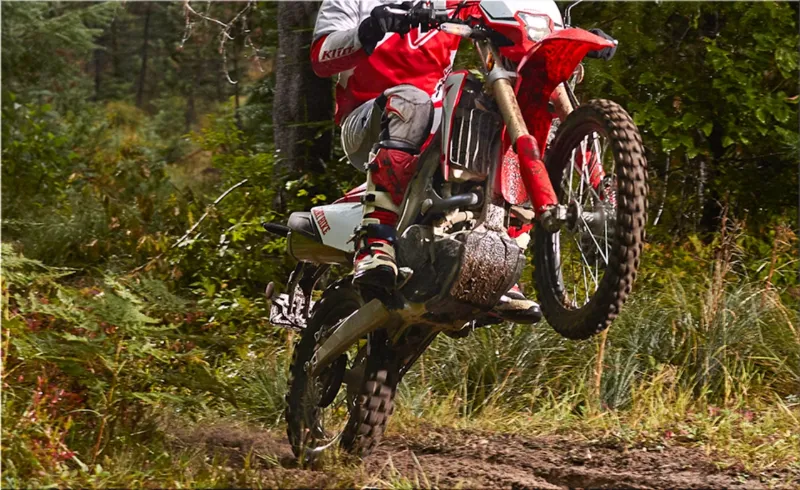Key Takeaways
- Quality components directly affect dirt bike safety, performance, and rider experience.
- Understanding key dirt bike parts can help riders make smart maintenance and upgrade decisions.
- Knowing when to replace parts and how to select reliable components can extend your bike’s lifespan.
- Modern advancements and industry trends can influence what parts are best for specific riding styles.
- Access to comprehensive information from reputable sources empowers both beginners and experienced riders.
Why Dirt Bike Parts Matter More Than You Think
Riding a dirt bike offers excitement but demands safety and reliability. A single component failure can turn a great day on the trails into a dangerous situation. Riders who prioritize maintenance understand that the quality and condition of each part impact handling, performance, and overall safety. The design of a dirt bike extends beyond speed and aesthetics; it ensures harmony among its moving parts, which is crucial when navigating rough terrain or local tracks. Whether you're a weekend rider or a competitive racer, acknowledging the disparity in component quality is essential. For peace of mind and lasting performance, choosing trusted OEM dirt bike components is crucial to align replacements with your bike's original engineering intent.
As you become more experienced, focusing solely on your riding technique may lead to overlooking smaller components of the bike. Dirt bikes are intricate machines; minor problems like a worn sprocket or thin brake pads can grow into significant issues. Each part works together to generate power, absorb shocks, and respond to your commands. For instance, neglected suspension can lead to unpredictable handling, while inadequate tire grip can hinder even the most skilled riders. Taking proper care of all crucial components not only safeguards your investment but also enables you to ride with confidence, particularly on unpredictable terrains.
Fundamental Parts Every Dirt Bike Owner Should Understand
Understanding the essential parts of a dirt bike is crucial for effective maintenance and performance. The engine is vital for energy and acceleration, while suspension systems enhance ride comfort and control. Brakes are crucial for safety, requiring regular checks, and tires significantly affect grip and stability. Additionally, controls such as handlebars and pedals translate a rider's intentions into action. Knowledge of these components helps in identifying potential issues before they worsen.
Recognizing Signs of Wear and When to Replace Components
Dirt bikes have components with limited lifespans, making it crucial to recognize warning signs for safety and longevity. Incorporating dirt bike safety maintenance into your routine can help spot these signs early. Indicators such as soft brakes, worn tires, reduced engine power, and unusual noises signal the need for inspection or replacement. Ignoring these issues can lead to further damage, such as accelerated wear on the chain and sprockets or compromised steering due to neglected suspension. The following maintenance tips suggest that timely intervention is better than emergency repairs, ensuring a safer ride and avoiding unnecessary costs and injuries.
Selecting Replacement Parts: OEM versus Aftermarket
The debate over choosing between OEM (Original Equipment Manufacturer) parts and aftermarket parts is a significant issue among riders. OEM parts ensure compatibility and durability, meeting strict standards and are often required for warranty coverage. Conversely, aftermarket parts can be more cost-effective, allowing for performance enhancement and customization; however, not all are of high quality. Riders should carefully consider their needs and may seek advice from experienced individuals to strike a balance between innovation, reliability, and cost.
How Advances in Materials and Tech Are Shaping Modern Parts
Dirt bike technology is rapidly evolving, enhancing performance and safety for riders. Innovations such as aerospace-grade aluminum, carbon-composite swingarms, and electronic control units enhance handling and traction. Advanced suspension systems provide better control on rough terrain, while new brake materials and tire compounds increase grip and stopping power. Latest designs feature self-cleaning treads and reinforced sidewalls, enabling riders to maximize their capabilities with increased reliability. Staying updated on these advancements can help enthusiasts reach their riding goals.
Maintenance and Upkeep: Practical Steps for Every Rider
Regular maintenance is crucial for a safe and enjoyable dirt biking experience. Riders should follow a simple checklist before and after rides, including checking tire pressure, lubricating the drive chain, tightening bolts, and cleaning the air filter. Regular inspections can prevent dirt accumulation and identify issues early. It's important to monitor fluid levels before rides and track maintenance activities. Recognizing when to seek professional help for complex repairs can safeguard the bike's performance and value.



